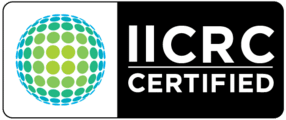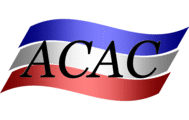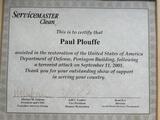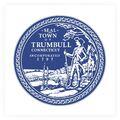Serving Bridgeport, Stamford, Norwalk and the surrounding areas.
Affiliations
ServiceMaster of Greater Bridgeport Affiliates
Professional Organizations:
Certifications :
Institute of Inspection, Cleaning and Restoration Certification
ServiceMaster of Greater Bridgeport is IICRC-certified in fire damage repair, water damage restoration, and mold remediation. This organization is a certification and standard-setting nonprofit organization for the inspection, cleaning, and restoration industries. Serving the United States, Canada, the United Kingdom, Australia, New Zealand, and Japan, in partnership with regional and international trade associations, they represent the entire industry.
American Council for Accredited Certification
ServiceMaster of Greater Bridgeport is recognized as an Indoor Air Quality Manager by the American Council for Accredited Certification (ACAC), which promotes awareness and education for professionals. Their mission is to establish credible programs that provide value to certificants, their clients, and the public
Indoor Air Quality Association Certified
The Indoor Air Quality Association (IAQA) supports professionals in creating healthy indoor air environments. Experts who identify and resolve mold, moisture intrusion, poor ventilation, asbestos, water damage, and other factors that compromise air quality. They also aim to raise awareness of indoor air quality issues.
Community Involvement:
Stratford Summer Events Program Sponsor
ServiceMaster of Greater Bridgeport sponsors the summer event program for Stratford, which often includes the popular Summer Sunset Concert Series at Paradise Green Gazebo, the Blues on the Beach music festival, and the Stratford Historical Society's History Adventure for children.
our service area
We serve the following areas
- Bethel
- Botsford
- Bridgeport
- Brookfield
- Cos Cob
- Danbury
- Darien
- Easton
- Fairfield
- Georgetown
- Greens Farms
- Greenwich
- Hawleyville
- Monroe
- New Canaan
- New Fairfield
- Newtown
- Norwalk
- Old Greenwich
- Redding
- Redding Center
- Redding Ridge
- Ridgefield
- Riverside
- Sandy Hook
- Shelton
- Sherman
- Southport
- Stamford
- Stevenson
- Stratford
- Trumbull
- Weston
- Westport
- Wilton










